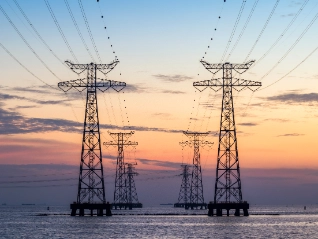Atradius Atrium
Ny kundeportal som gir deg direkte tilgang til poliseinformasjon, kredittgrenseverktøy, i tillegg til Atradius Insights og Atrium.
 Norge
Norge







Visning 7 ut av 14
Tariffs and growing protectionism could weigh on household spending


Pharmaceuticals businesses throughout the world are reviewing their operational and...

Chemicals production growth projected to slow in 2025/2026 due to US tariffs

Trade tensions trigger higher insolvencies

US business response to shifting trade policies

Our survey of companies across Canada, Mexico and the US reveals that while trade credit use is expanding, businesses remain...

Looking for safe havens in a divided region
Visning 7 ut av 202